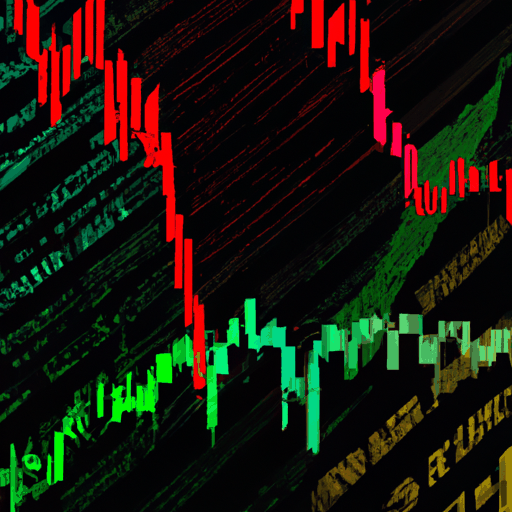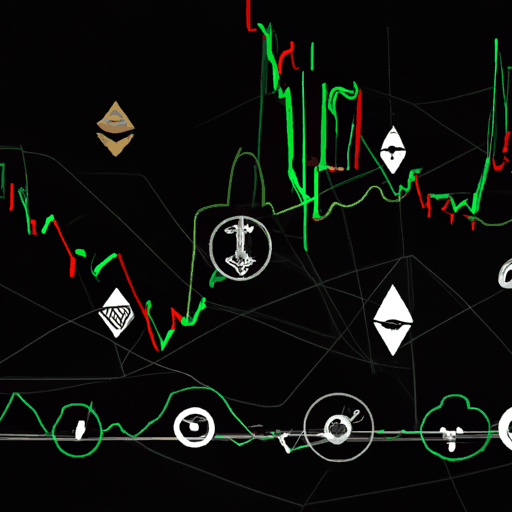
Trump's Tariffs Cause Ripple Effects in Crypto Markets
By: Eliza Bennet
In a significant move that has sent ripples through international financial markets, the Trump administration has implemented a series of sweeping tariffs impacting all trading countries. This action, declared during a national emergency announcement, has led to considerable volatility within the cryptocurrency sector as investors reassess their positions amid escalating trade tensions.
President Trump's declaration imposed a 10% tariff across all countries, with major economies like China facing an even higher rate of 34%, the European Union 20%, and Japan 24%. The market reaction was swift, impacting various sectors including the technology-heavy NASDAQ and the digital currencies market, with Bitcoin and other cryptocurrencies experiencing a notable drop in value. Financial analysts caution that such tariffs could fuel rising inflation and stifle global economic growth, which traditionally fuels a flight to safety among investors.
A representative from crypto asset manager 21Shares highlighted that the market's current volatility might disguise a longer-term benefit from tariff clarity. Stability in policy, even if harshly regulated, could provide a clearer framework for future investment and trading strategies, potentially leading to a stabilized market condition in the crypto sector as well.
Amid this environment of uncertainty, crypto investors are urged to watch closely how tariff policies could further affect global supply chains and investment patterns. While short-term volatility is almost a given, the longer-term impacts could redefine trading strategies and investor confidence globally. The current situation presents both risks and opportunities, requiring careful analysis and strategic thinking as the cryptocurrency market continues to evolve under new economic pressures.



